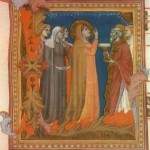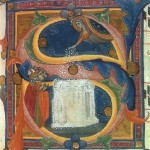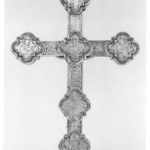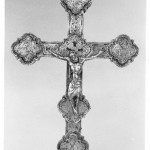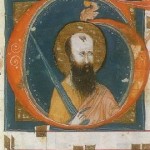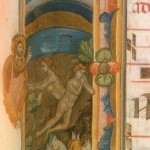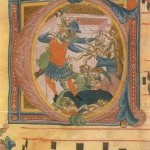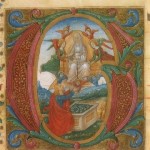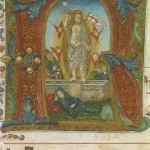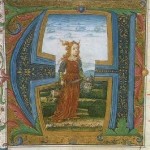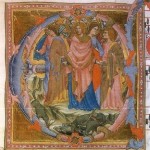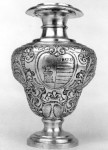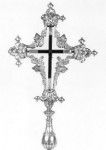The museum, inaugurated in 1987 and progressively enlarged over the years, is housed on the upper floor of the great arcade erected by Gherardo Silvani (1634) very near to the façade of the legendary sanctuary, which was embellished and enriched over the centuries due to the fervid devotion to the image of the Virgin with Child which is still housed in there today.
Re-painted in 1758 by Ignazio Hugford, it is an ancient icon which, considered the protector of Florence, was transferred into the city during the gravest moments in its history, with great participation of the people: at the time, the Medici grand dukes and the most noble Tuscan families engaged in a competition to make the most generous donations in order to demonstrate gratitude to the Madonna. The competition was such as to create, over the centuries, the extraordinary artistic heritage to which the museum has been specifically dedicated.
The objects displayed belong to three principal categories: the jeweler’s art, fabrics and illuminated codices, all of them of extraordinary quality. To the first section, truly imposing, is dedicated the principal room named after the already mentioned Gherardo Silvani, in which silver and rock crystal stand out with their sumptuous reflections. In addition to the splendid series of votive vases, one can admire an Astylar cross attributed to Lorenzo Ghiberti (1425 ca) and a Reliquary of the Holy Cross (1620) attributed to the famous jeweler Cosimo Merlini who may have executed it on commission for Maria Magdalena of Austria, the wife of Cosimo II de’ Medici.
The Reliquary of Saint Sextus (1614) by Simone Pignoni is also precious because it evokes a great masterpiece of sculpture, reproducing in silver the refined forms of the sarcophagus made by Verrocchio for the Old Sacristy of San Lorenzo in Florence. The transfer of the Virgin’s icon in 1633, like the one of 1711, gave way to the very rich series of gifts exhibited in this room, to which must be added an altar frontal donated by Cosimo III de’ Medici and executed by Cosimo Merlini on the design of Giovan Battista Foggini (exhibited inside the basilica on the altar of the Virgin).


